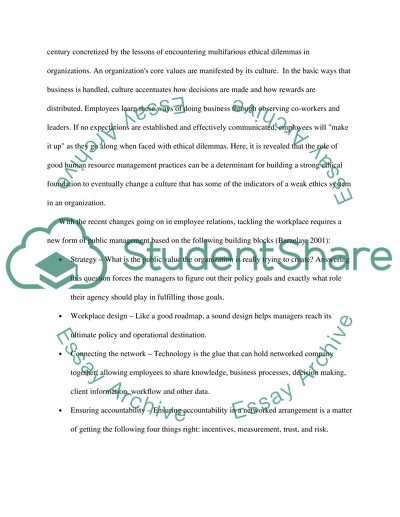Cite this document
(Human Resources Management: Reengineering Towards a Global Perspective Essay, n.d.)
Human Resources Management: Reengineering Towards a Global Perspective Essay. https://studentshare.org/human-resources/1516421-human-resources-management-in-21th-century
Human Resources Management: Reengineering Towards a Global Perspective Essay. https://studentshare.org/human-resources/1516421-human-resources-management-in-21th-century
(Human Resources Management: Reengineering Towards a Global Perspective Essay)
Human Resources Management: Reengineering Towards a Global Perspective Essay. https://studentshare.org/human-resources/1516421-human-resources-management-in-21th-century.
Human Resources Management: Reengineering Towards a Global Perspective Essay. https://studentshare.org/human-resources/1516421-human-resources-management-in-21th-century.
“Human Resources Management: Reengineering Towards a Global Perspective Essay”. https://studentshare.org/human-resources/1516421-human-resources-management-in-21th-century.


